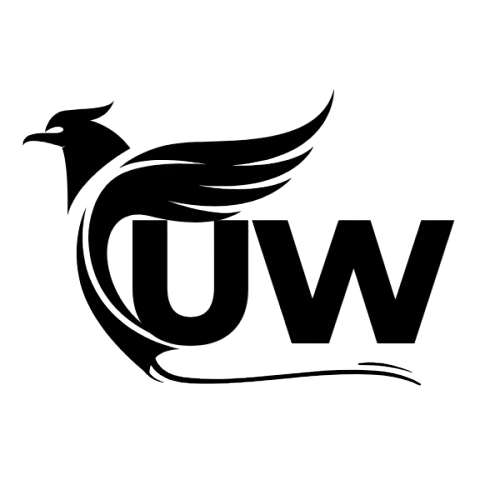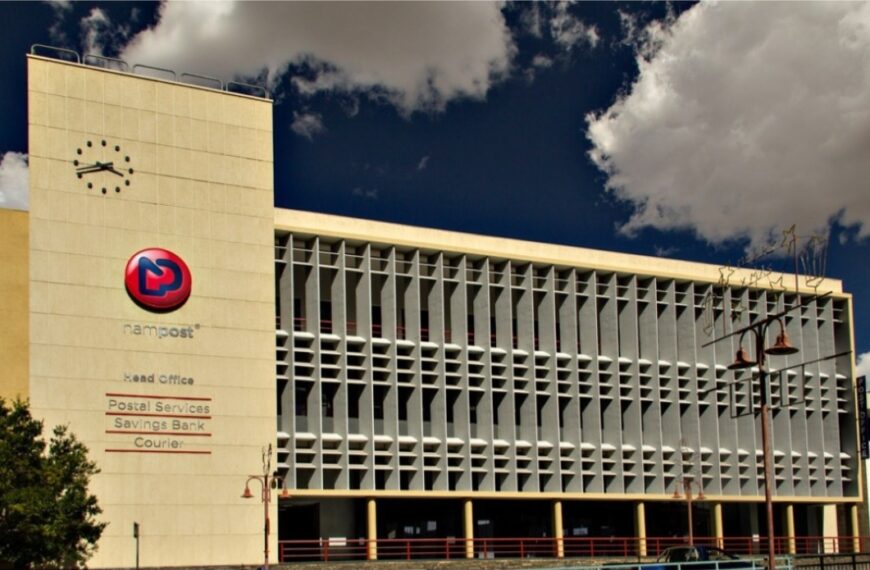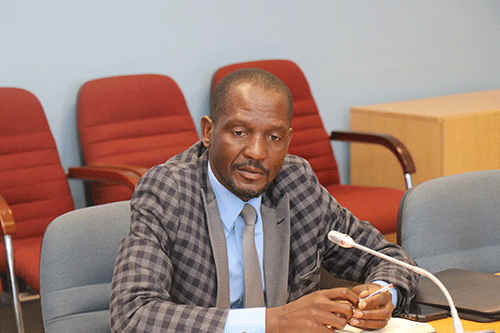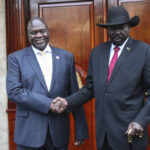Commercial banks in Namibia are set to lower their lending rates by 25 basis points, bringing the prime lending rate down to 10.50%.
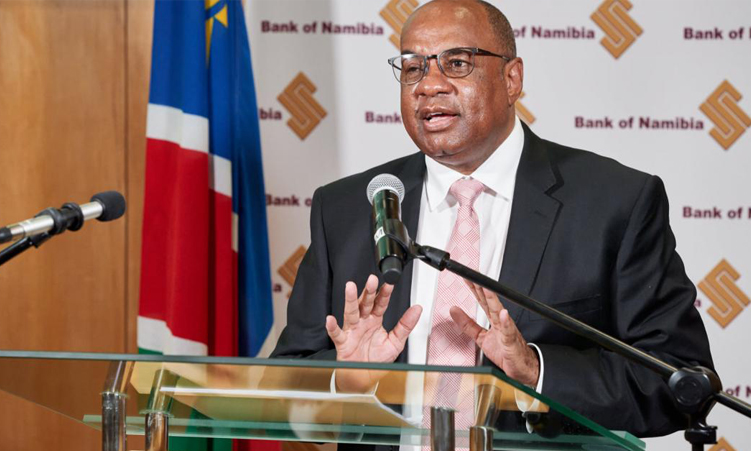
The lending rate is the interest rate that commercial banks charge individuals and businesses when they borrow money. It determines the cost of borrowing and directly impacts loans such as mortgages, personal loans, and business financing.
This development follows the Bank of Namibia’s decision to reduce the repo rate from 7% to 6.5%.
Announcing the decision, Bank of Namibia Governor Johannes !Gawaxab highlighted that the adjustment was influenced by various economic factors. These include a decline in inflationary pressures, which is expected to remain moderate over the medium term, as well as the relatively high domestic real interest rates. Additionally, the central bank assessed that the country’s foreign reserves remain at a comfortable level, providing further justification for the rate cut.
Economic analysts suggest that the move is intended to stimulate economic activity by making borrowing more affordable for businesses and consumers. The reduction in lending rates is anticipated to encourage investment and spending, which could have a positive effect on economic growth.
Meanwhile, financial experts have advised borrowers to take advantage of the lower interest rates but remain cautious about long-term commitments, as global economic uncertainties could still influence future monetary policy decisions.

